1904 leaflet advertising the new services
In 1902 the decision was taken by the North Eastern Railway to electrify the North Tyneside suburban passenger lines, which originated at Newcastle Central and spread out in a large loop towards the North Sea Coast. As well as research by the company into the benefits of electric railways including trips to the USA, the main reason behind the choosing of these lines was that the railway was rapidly losing passengers after electric Tramways had opened in the area, a faster alternative to the more sluggish steam hauled services offered by the NER. The electrification was complete and opened to the public in 1904, it was a great success and was the first electric mainline system to open to the public - the Lancashire & Yorkshire Railway also had an electric passenger service open in 1904, and as to which was first often changes depending on who writes it - from an article in the North Eastern Railway Magazine in 1919, the Newcastle to Benton service opened to the public on 29th March 1904, with the Lancashire & Yorkshire Railway service opening to the public a few days later. The North Eastern Railway had ran a trial as early as 27th September 1903, and the Lancashire & Yorkshire Railway had a full 'dress rehearsal' on 12th March 1904 which could be where 'which was first' gets confused, however assuming these dates are correct there can be no doubt the NER was first.
As well as the electric multiple units of carriages which were used for passenger services, single 'vans' like this one, Number 3267, also known as a Motor Luggage Van (MLV) built in 1904 at York, were built for goods services which would run as fast as the electric passenger trains and would be used for express parcels and fish which could not wait for the slower steam hauled goods trains. They were powerful enough to pull other vans and carriages so they could be used as part of longer trains. The carriage of fish is shown by the ventilated compartment - although the insides of the vehicle have been removed from its use post-1937 when this and the other electric parcels vans were used to spray antifreeze onto the tanks, the louvred sides of the compartment can still be seen. The fish would be picked up at Cullercoats and Tynemouth stations. This fascinating vehicle with a wooden body is the only survivor of the original North Eastern Railway Tyneside electrics.

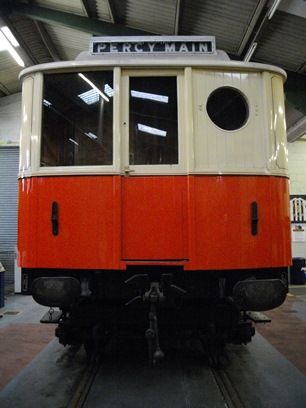
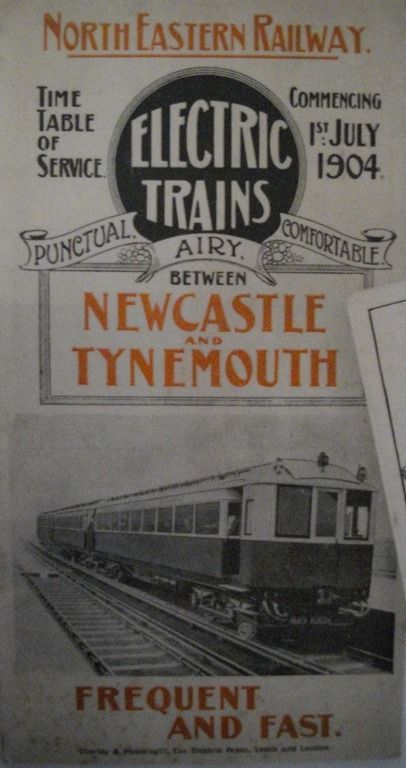
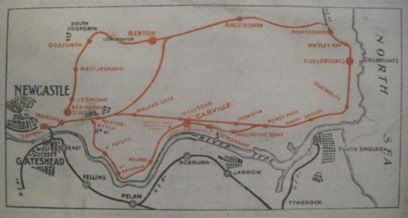
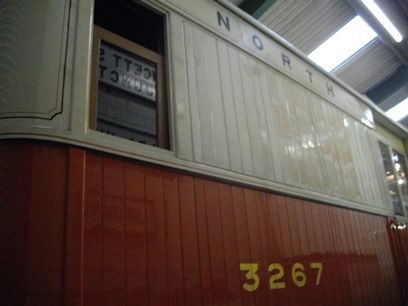
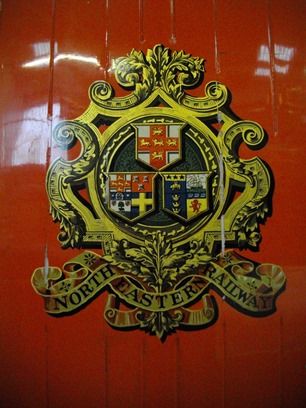
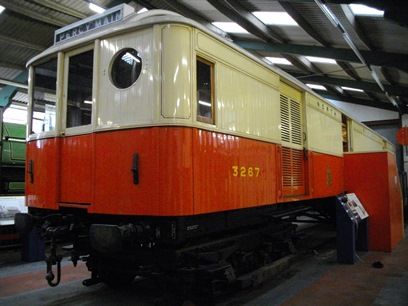


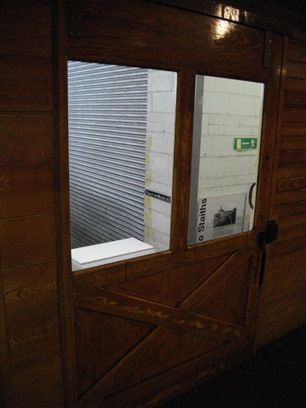
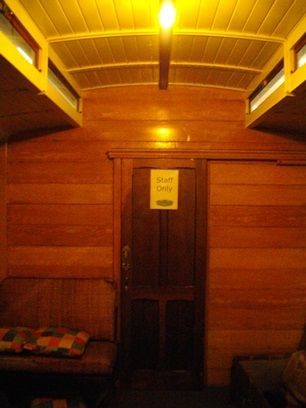
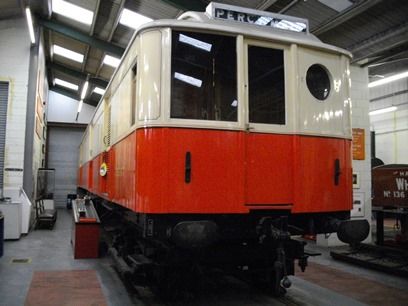
No comments:
Post a Comment